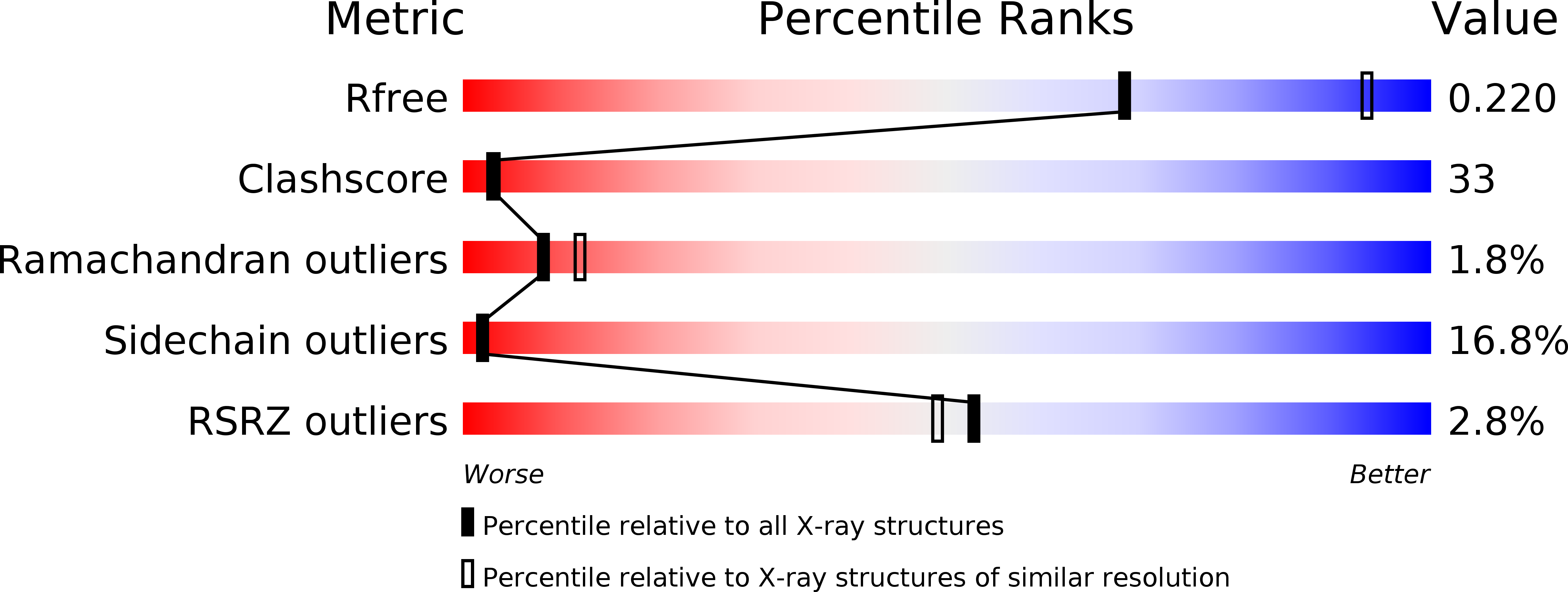
Deposition Date
2005-05-26
Release Date
2006-05-16
Last Version Date
2023-08-23
Entry Detail
PDB ID:
1ZTB
Keywords:
Title:
Crystal Structure of Chorismate Synthase from Mycobacterium tuberculosis
Biological Source:
Source Organism:
Mycobacterium tuberculosis (Taxon ID: 1773)
Host Organism:
Method Details:
Experimental Method:
Resolution:
2.65 Å
R-Value Free:
0.22
R-Value Work:
0.16
R-Value Observed:
0.16
Space Group:
P 64 2 2


